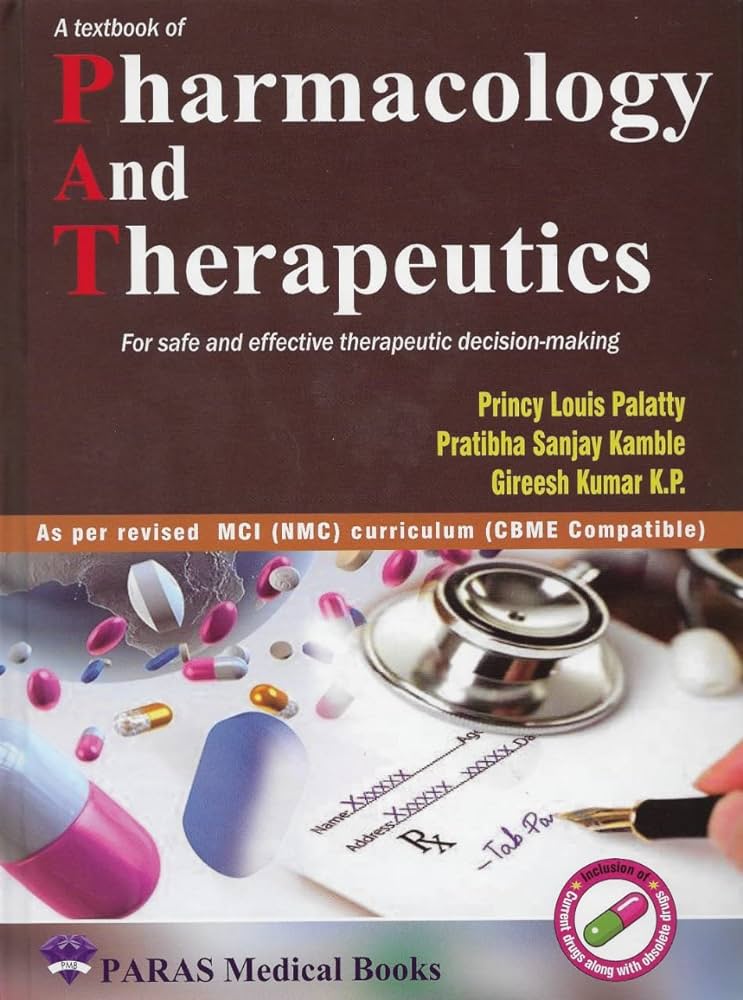G蛋白偶联嘌呤能P2Y受体在传染病中的作用。
IF 12.5
1区 医学
Q1 PHARMACOLOGY & PHARMACY
引用次数: 0
摘要
嘌呤能P2Y受体包括已鉴定的8种g偶联受体(GPCR)亚型(P2Y1、P2Y2、P2Y4、P2Y6、P2Y11、P2Y12-14)。P2Y受体生理激动剂是细胞外嘌呤和嘧啶核苷酸,如ATP(三磷酸腺苷)、ADP(二磷酸腺苷)、UTP(三磷酸尿苷)、UDP(二磷酸尿苷)和UDP-葡萄糖。这些受体在几乎所有细胞中都有表达。P2Y受体存在于免疫细胞中,如巨噬细胞、中性粒细胞、肥大细胞、树突状细胞和淋巴细胞。P2Y受体在炎症中发挥重要作用,并参与多种细胞过程,包括efferocytosis、吞噬、趋化、脱颗粒、杀死病原体、细胞因子产生和血小板聚集。这些过程是抵抗病原体的免疫反应的基础。因此,我们在这里讨论P2Y受体的药理学和这些受体在病毒、细菌和寄生虫感染中的激活所触发的机制。此外,我们强调了P2Y受体在开发新的药理学策略来调节病原体感染中的炎症和疾病结果方面的治疗潜力。本文章由计算机程序翻译,如有差异,请以英文原文为准。
G protein-coupled purinergic P2Y receptors in infectious diseases
The purinergic P2Y receptors comprise eight G-coupled receptor (GPCR) subtypes already identified (P2Y1, P2Y2, P2Y4, P2Y6, P2Y11, P2Y12–14). P2Y receptor physiological agonists are extracellular purine and pyrimidine nucleotides such as ATP (Adenosine triphosphate), ADP (Adenosine diphosphate), UTP (Uridine triphosphate), UDP (Uridine diphosphate), and UDP-glucose. These receptors are expressed in almost all cells. P2Y receptors are found in immune cells, such as macrophages, neutrophils, mast cells, dendritic cells, and lymphocytes. P2Y receptors play essential roles in inflammation and are involved in several cell processes, including efferocytosis, phagocytosis, chemotaxis, degranulation, killing pathogens, cytokine production, and platelet aggregation. These processes underpin immune responses against pathogens. Therefore, here we discuss P2Y receptor pharmacology and mechanisms triggered by the activation of these receptors in virus, bacteria, and parasite infections. In addition, we highlight the therapeutical potential of P2Y receptors for developing new pharmacological strategies to modulate inflammation and disease outcomes in pathogen infections.
求助全文
通过发布文献求助,成功后即可免费获取论文全文。
去求助
来源期刊
CiteScore
23.00
自引率
0.70%
发文量
222
审稿时长
90 days
期刊介绍:
Pharmacology & Therapeutics, in its 20th year, delivers lucid, critical, and authoritative reviews on current pharmacological topics.Articles, commissioned by the editor, follow specific author instructions.This journal maintains its scientific excellence and ranks among the top 10 most cited journals in pharmacology.

 求助内容:
求助内容: 应助结果提醒方式:
应助结果提醒方式:


